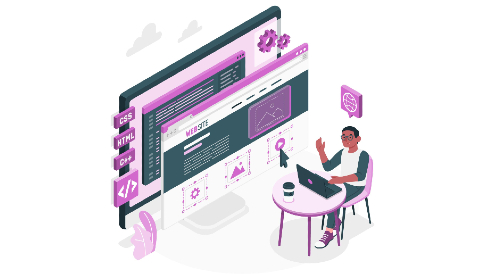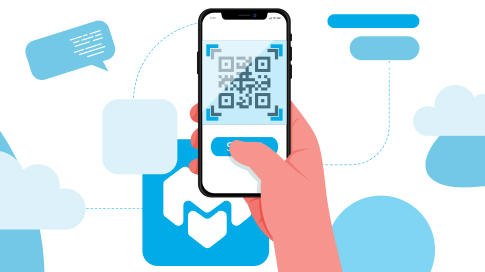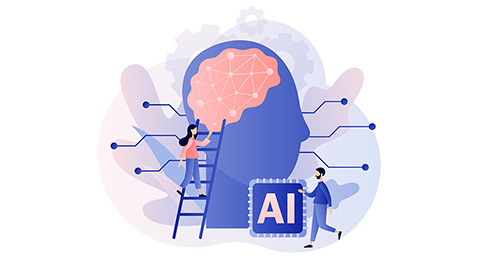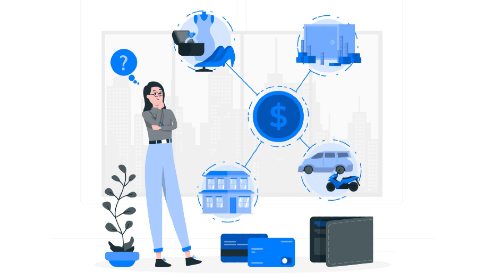Enhancing Data Flow and Security in Hospital Systems through Advanced API Integrations
Application programming interfaces (APIs) are crucial for today’s medical structures. These quickly improve information channels and strengthen safety. By utilizing effective gateways, it becomes possible to link various tools together effortlessly. This guarantees patient data remains accessible at all times. This approach is also vital for enhancing productivity. This means that along with protecting sensitive data, these API integrations help foster trust and ensure compliance.
The Basics of API Integration

Application Programming Interfaces are essential for communication and data exchange between different software. In the healthcare sector, they are crucial for linking various IT systems to guarantee smooth functionality. This includes easy access to patient data across multiple platforms like EHRs and diagnostic tools. By standardizing how information is exchanged, APIs streamline technological frameworks. This makes it more straightforward for developers to channel innovations and implement new technologies more readily.
Why It Matters
In the medical sector, data accuracy and availability are paramount. API integration is vital for providing professionals with real-time access to complete patient information. This is critical for informed decision-making. Additionally, APIs support continuity of care by ensuring all team members have access to the same data, regardless of location or systems. This coordination elevates quality and boosts patient outcomes. It also enables timely intervention based on precise evaluations.
Critical Benefits of API Integrations in Healthcare

Enhanced Data Flow
APIs enable seamless sharing of information from various sources across multiple platforms. This includes lab results, imaging reports, and even patient history. This accelerates diagnostic and treatment processes and quickly eradicates errors associated with manual data entry. API addition ensures perfect synchronization for travel CT techs and other healthcare professionals working across several locations. Current patient information is leveraged seamlessly to coordinate care and operational efficiency.
Improved Data Security
By implementing strong authentication and encryption protocols, APIs ensure information is accessed solely by authorized individuals. This is vital in preserving patient confidentiality and adhering to strict regulations. Additionally, software bridges facilitate the establishment of detailed audit trails. These are essential for tracking data access and usage. They enable healthcare organizations to identify and address potential security breaches quickly.
Planning and Implementing API Integrations
Assessment of Needs
This step is essential for recognizing which processes would gain from enhanced data exchange or additional functionalities. Considerations include:
- Compatibility of existing software systems
- Importance of data-sharing needs
- Areas where real-time data access could improve patient care
A detailed examination assists in prioritizing goals and aligning them with an organization’s overall digital strategy.
Choosing the Right Connectors
Opting for APIs that can fulfil specific functional needs and comply with privacy standards is crucial. This means picking care plans that are well-documented and backed by dependable providers. Additionally, it is essential to consider a tool’s future scalability and flexibility since organizational requirements often change over time. Collaborating with developers who have experience in similar projects can further boost productivity.
Best Practices for Integration
Ensure Abidance
Healthcare laws channel strict protocols to protect patient information. Developers must create APIs incorporating encryption, access control, and regular auditing. This guarantees adherence to legal protocols and prevents hefty fines or penalties. Additionally, a secure system quickly boosts client satisfaction and keeps integrity intact.
Maintaining Confidentiality
Ensuring the privacy of patient data through API integrations involves several essential practices:
- Implementing robust authentication mechanisms to limit access to authorized individuals
- Protecting in-transit data with tokens, keys, and SSL/TLS encryption
- Establishing validation processes to prevent incorrect or unauthorized entries from being accepted
- Regular updates and patches to create a shield against vulnerabilities
Common Challenges and Solutions
Handling Complexities
API integrations into established systems can be challenging due to the involvement of numerous stakeholders and diverse system standards. One major hurdle is ensuring new connectors are compatible with older infrastructures.
To address this issue, it is essential to implement a phased strategy. This means all stages are controlled and tested progressively. Additionally, leveraging middleware or integration engines can effectively bridge the gap between modern APIs and outdated systems, promoting smoother data exchange.
Managing Outdated Structures
Legacy systems also often present similar issues. To address these, a thorough evaluation is necessary to decide whether upgrading or replacing the software is more suitable. Developing custom adapters can allow older solutions to interact effectively with new APIs if an upgrade is impossible. Involving IT personnel familiar with old mechanisms during integration can be advantageous. Their expertise can help prevent disruptions and maintain operational continuity.
Future Trends

The Role of AI and Machine Learning
APIs facilitating the seamless data flow between artificial intelligence, ML algorithms and healthcare systems are becoming increasingly crucial. These technologies can analyze vast amounts of data to predict patient outcomes, personalize treatment plans, and optimize resource allocation. APIs will be pivotal in enabling modern structures to access necessary information promptly as systems advance.
Increasing Interoperability
This remains a crucial goal of healthcare tools, and APIs are at the forefront of this effort. Future trends indicate a move towards even greater system standardization to ensure that all software can communicate more effectively. This will improve the quality of care and provide a more integrated approach to patient management.
Management and Governance of APIs
Creating Frameworks
Developing a management model requires setting policies, standards, and procedures to ensure that APIs are used securely and efficiently. This framework should cover aspects like who has permission to access and manage the APIs, how they can be utilized, and what safety protocols must be followed. A well-defined structure aligns software strategies with broader IT initiatives and business objectives. It helps guarantee that all integrations support overall requirements while meeting legal standards.
Lifecycle Management
This process encompasses an API’s existence, planning, design, implementation, and retirement stages. It involves regular assessments to ensure each tool meets current system requirements efficiently. Utilizing management platforms can automate this workflow by offering version control, user authentication, and traffic regulation features.
These can also facilitate seamless update deployment and handling of multiple API versions. This approach ensures smooth decommissioning of obsolete APIs without interrupting healthcare processes. It quickly promises both relevance and productivity.
Performance Monitoring and Optimization
This step is crucial to guarantee adherence to service levels and user demands. Regularly reviewing metrics like response times or error rates with real-time tracking tools provides essential insights into API health. With this information, existing structures can be polished to deliver better performance.
This includes scaling resources during peak demand or adjusting architecture to decrease latency. Optimization also necessitates regular security assessments to defend against emerging vulnerabilities. This approach is crucial for preventing malware attacks and their financial repercussions.
Customizing APIs
By personalizing all interfaces, developers can ensure seamless integration with existing workflows. This also makes daily tasks more efficient by reducing errors. Modifications may include tweaks to advanced data management features or user layouts. These can be tailored to accommodate the distinct operational practices at different facilities. Additionally, this approach boosts usability and facilitates quicker technology adoption in various departments.
Endnote
Successful API integration and management necessitate a strategic approach. This involves meticulous planning, strict adherence to security standards, and ongoing performance optimization. Adopting these makes ensuring software ecosystems meet operational demands and future growth objectives easy.




Leave a Reply